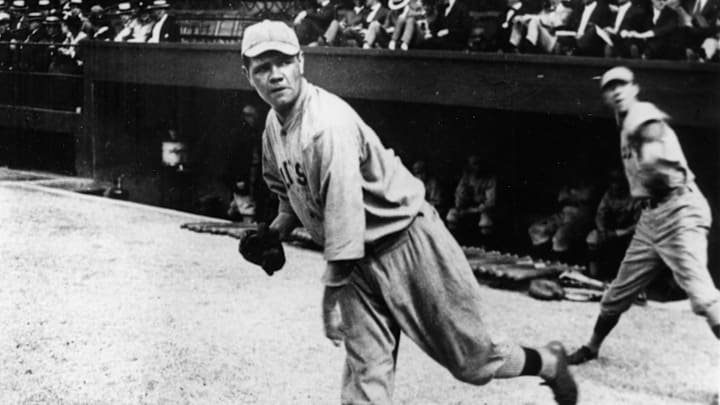Boston trades one of the greatest outfielders of all time, Tris Speaker
Like the Ruth trade that would follow, Tris Speaker’s unceremonious departure in 1916 stemmed from a contract dispute. Unlike Ruth, Speaker proposed a partial pay cut from his $12,000 salary in an attempt to mollify Red Sox president Joseph Lannin. Speaker and Lannin could not agree on the terms with the former asking for a $3,000 cut while the latter asked for $6,000.
As a result, Speaker, the MVP just four years prior, was shipped off to Cleveland, where he led the Majors in most offensive categories including batting average, hits, and OBP. The center fielder also continued his defensive dominance and remains the all-time leader at the position in assists and double plays. Some still contend that Speaker is among the best center fielders of all time, and he gave Nap LaJoie a run for his money as the greatest Cleveland player in history.
If losing a future Hall of Famer weren’t enough, the return to the Red Sox was paltry. Sad Sam Jones, a wiry righty, experienced some success over his six seasons in Boston, winning 23 games as the ace in 1921. Fred Thomas, the other player sent by Cleveland, played a mere 44 games with the Sox in 1918.
The $50,000 that exchanged hands during the Speaker trade may have been the biggest boon to Boston. Following the 1917 season, the Red Sox used some of their financial flexibility to acquire Bullet Joe Bush, Wally Schang, and Amos Strunk from the Philadelphia A’s.
Bush and Schang were instrumental in Boston’s 1918 World Series win over the Cubs. Bush relieved Ruth with runners on first and second in Game 4 and induced a sacrifice bunt and a game-ending double play to preserve the 3-2 Red Sox win. The performance was statistically the second-most consequential moment in the series. Schang, for his part, broke a scoreless tie with an RBI single in the fourth inning of Game 3. The Red Sox went on to win, 2-1.
However, the fleeting joy of a championship did little to dull the pain when Speaker won a World Series with the Indians in 1920 and demolished Red Sox pitching for the next 11 years. He had a career slugging percentage of .521 against his former club and struck out just 19 times in more than 1,000 plate appearances.
